Mediterranean Fin Whale Songs: A Decades-Long Decline
Long-term changes in Mediterranean fin whale songs ⌛ 📉 🐋 🎶
Joint work with Paul Best, Sébastien Paris and Hervé Glotin.
Paper: https://www.nature.com/articles/s41598-022-15379-0
#Bioacoustics #AI #DL #Cetacean #Whales
Enter #PaperThread 🧵👇
Fin whales vocalize by producing sequences of loud low-frequency pulses that can be recorded from far away.
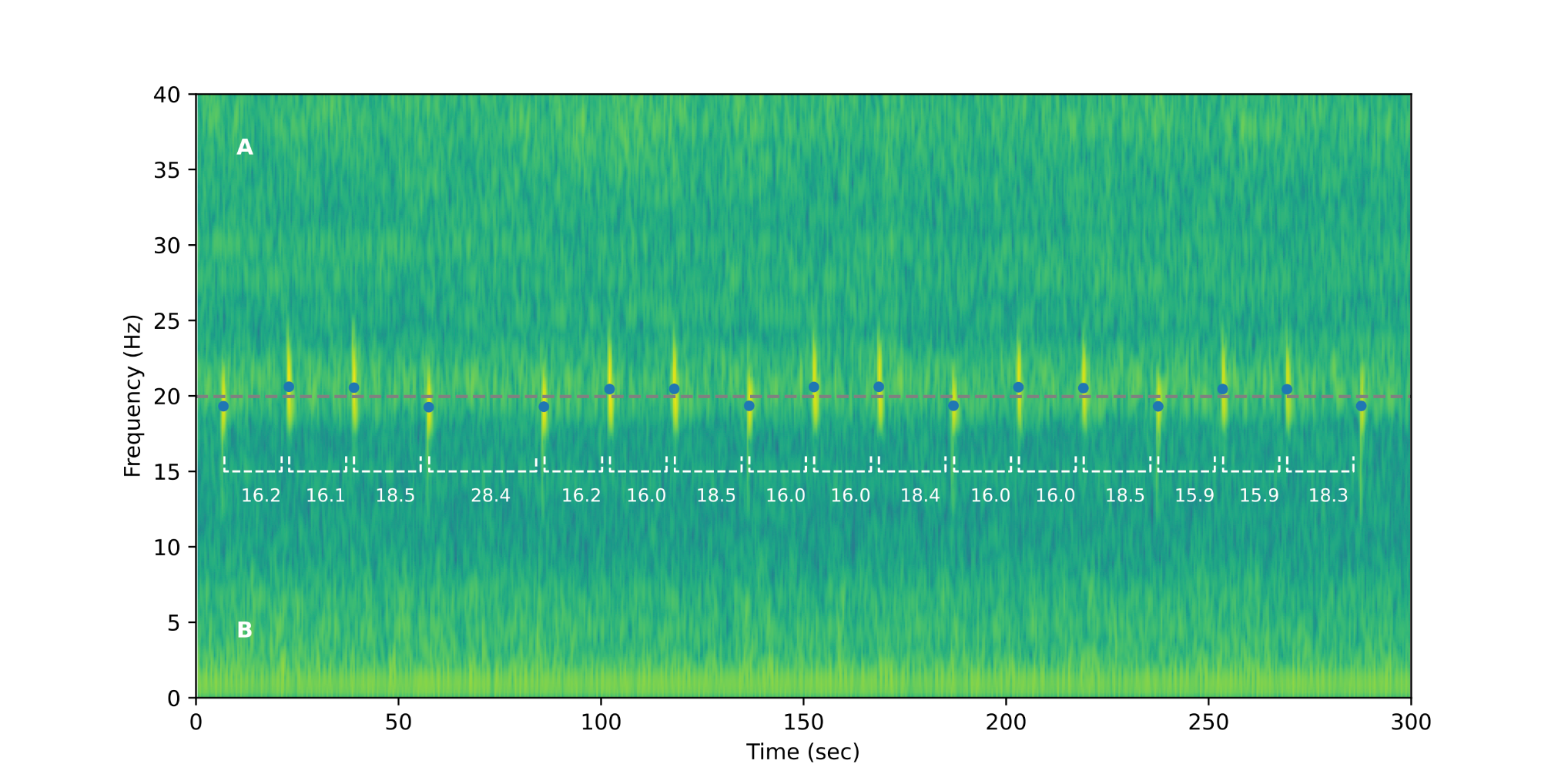
At our research lab (DYNI) my colleagues have been recording underwater sounds like these in the Mediterranean sea over a span of 10 years with different custom-built devices.
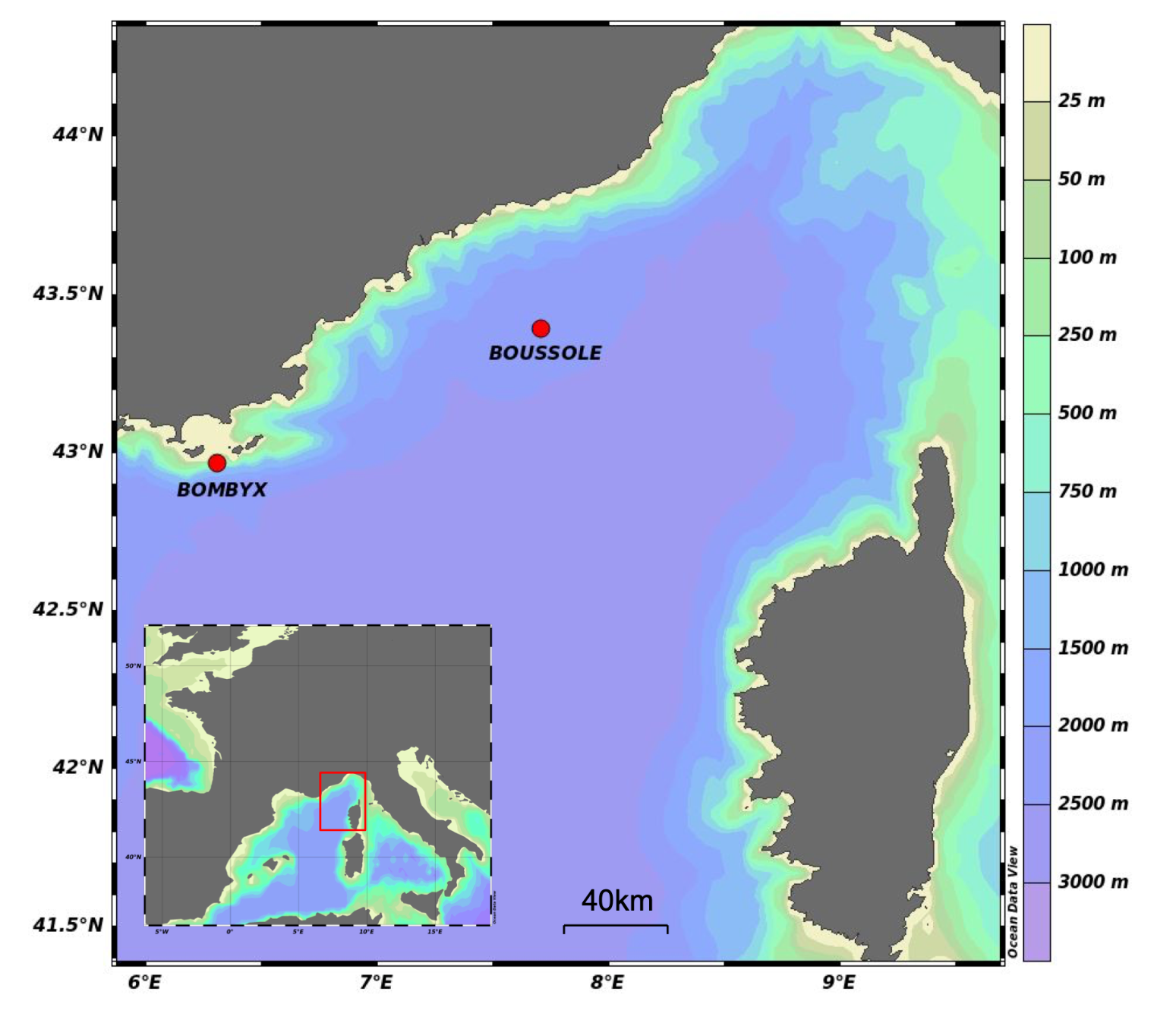
We have developed DL models to automatically detect these pulses within our recordings, resulting in a large collection of pulses and songs for the Mediterranean fin whale.
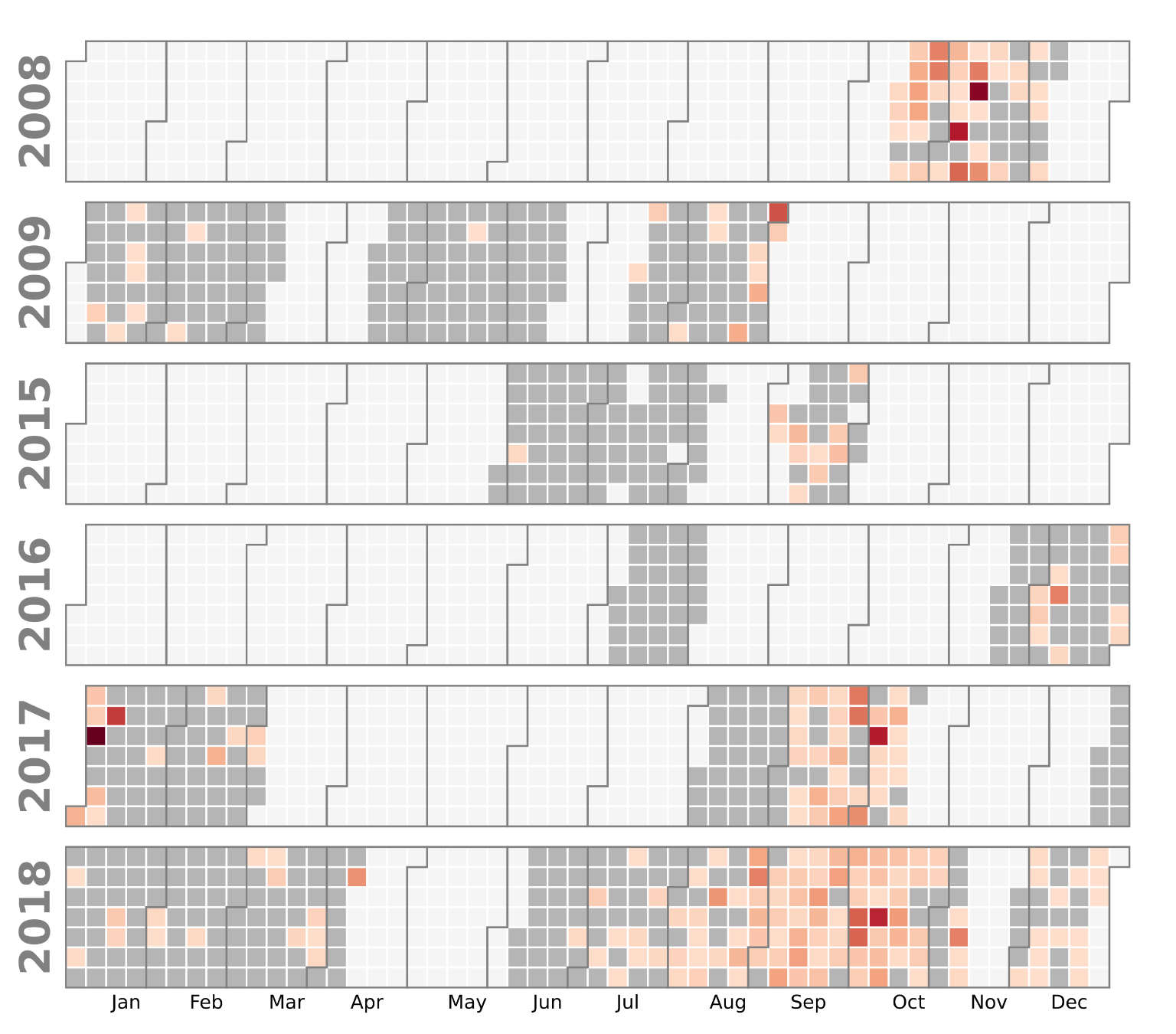
As in previous studies we observe two pulse categories (A and B) based on their centroid frequencies at around 19.5Hz and 20.75Hz respectively.
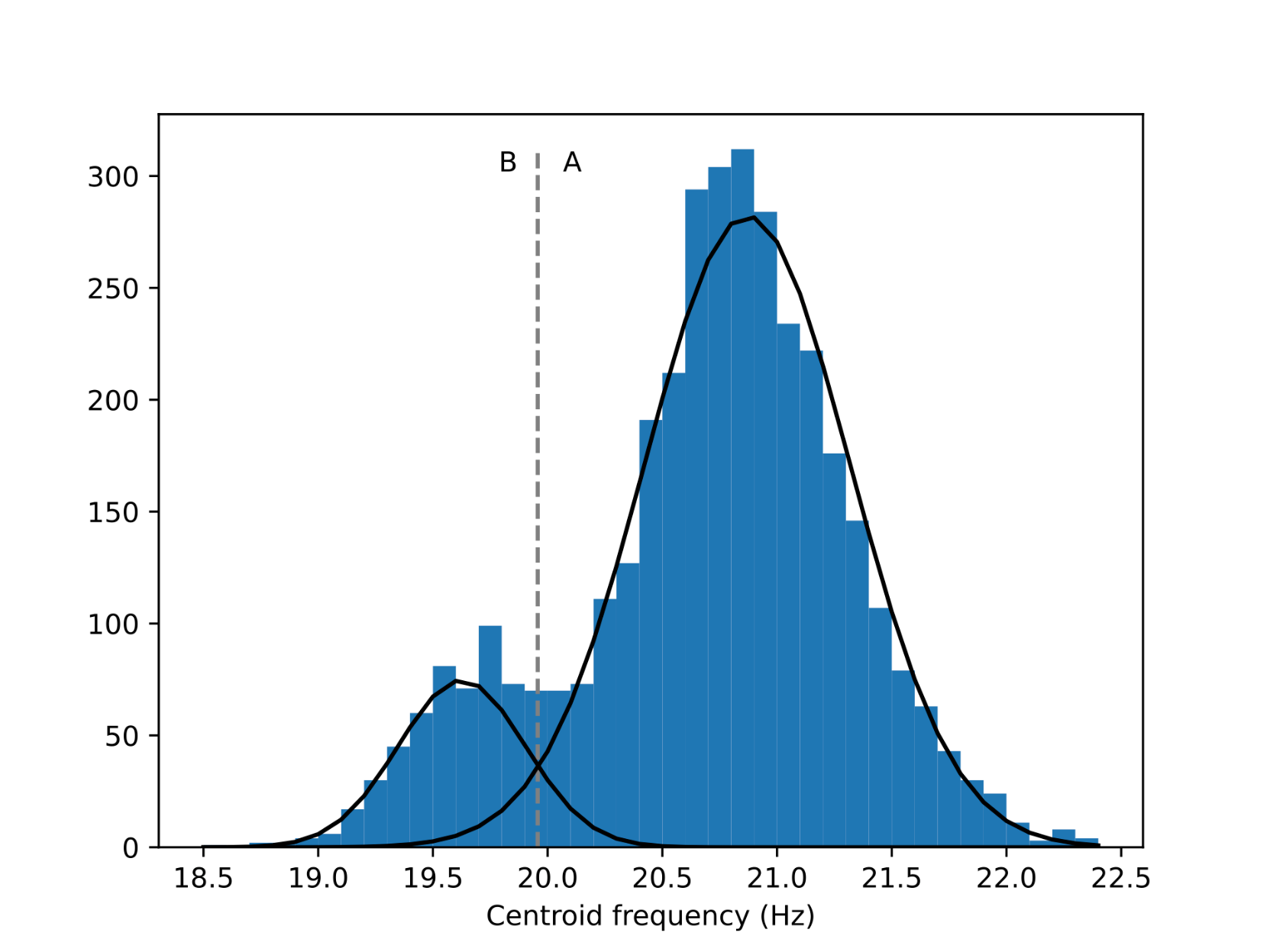
The intervals between the pulses or Inter Pulse Intervals (IPI) are between 10 and 30 seconds long. Yet they are very stereotyped and depend on the categories of the pulses.
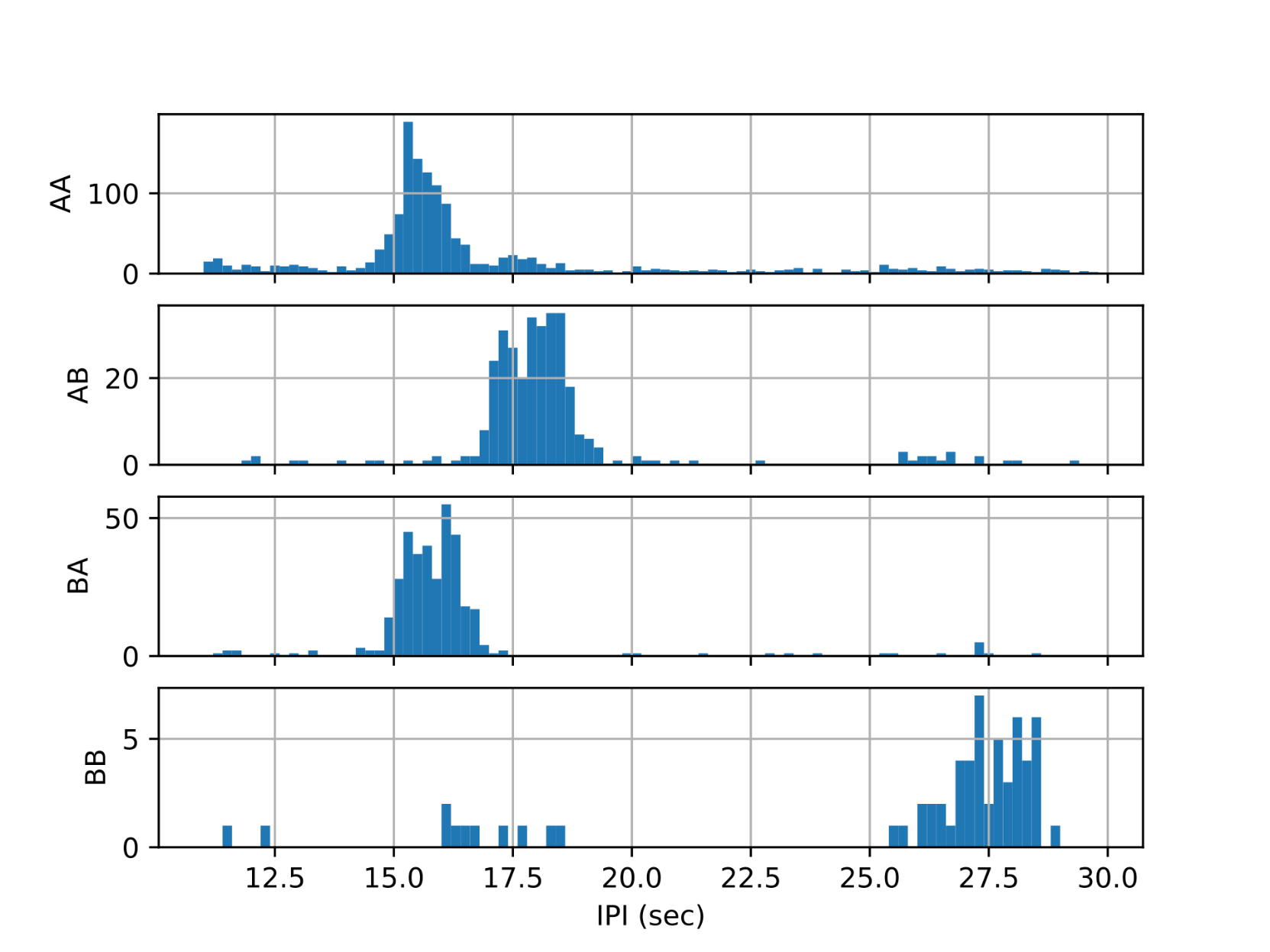
Interestingly when combined with data from previous studies on the Mediterranean fin whale, we observe a consistent increase in IPI over the course of two decades.
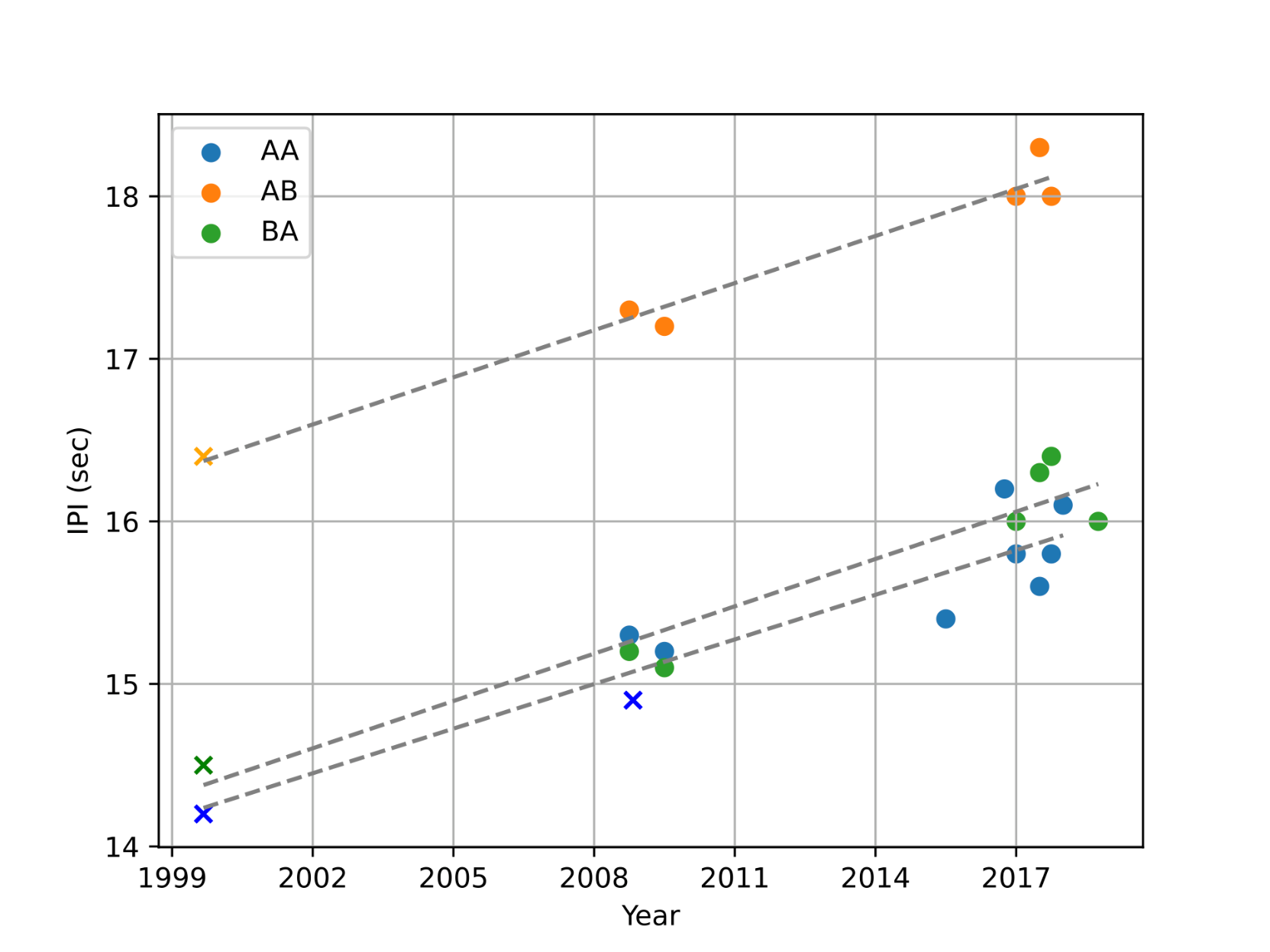
Besides we also observe a seasonal decrease in centroid frequency, yet more regular recordings would be required to characterize this effect in all pulse types.
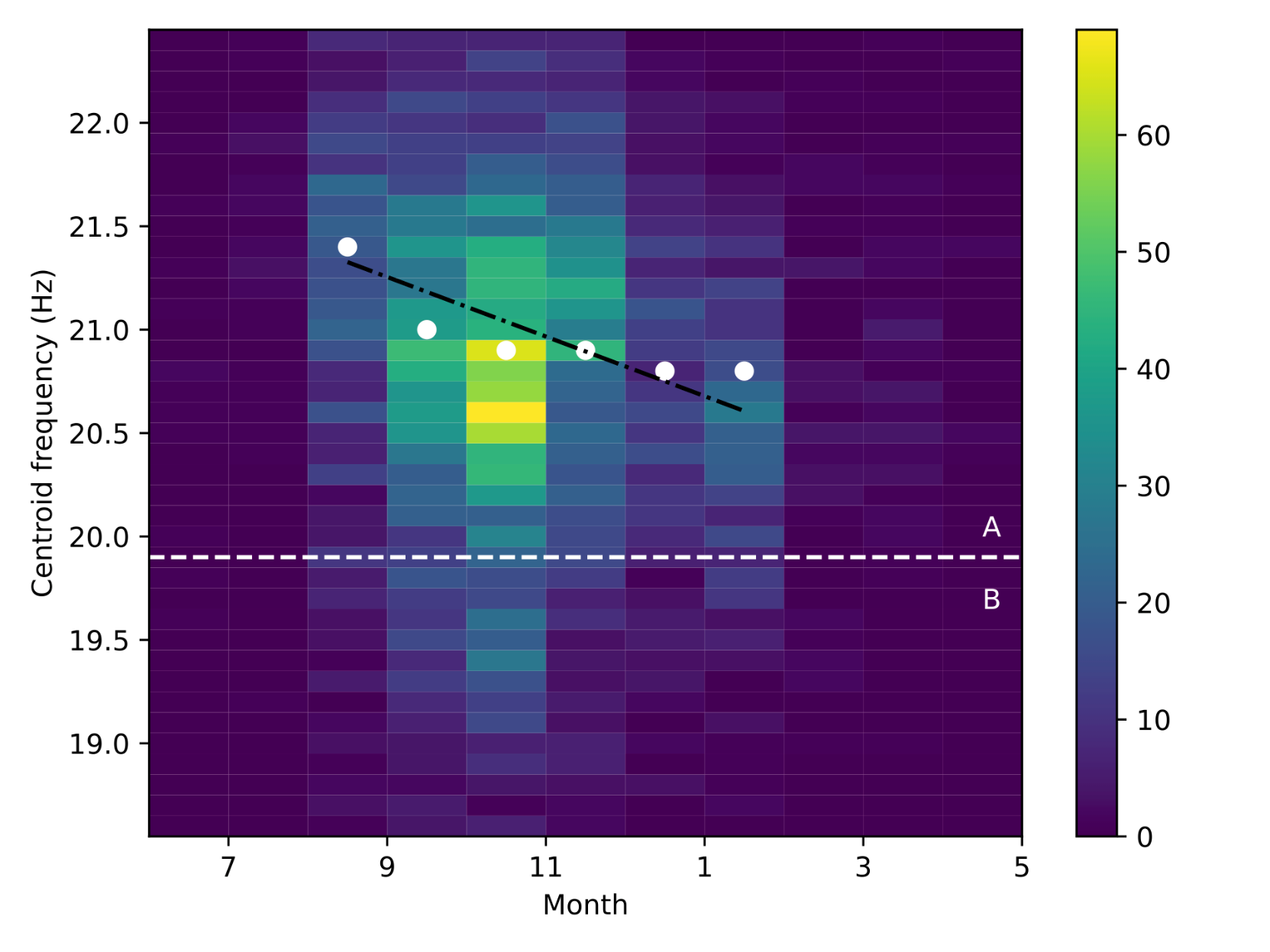
These trends in the fin whale songs have been reported for different populations across the world at varying rates (e.g. between 0.1 and 1.0 s/year in IPI increase). We collected those that we found across the literature.
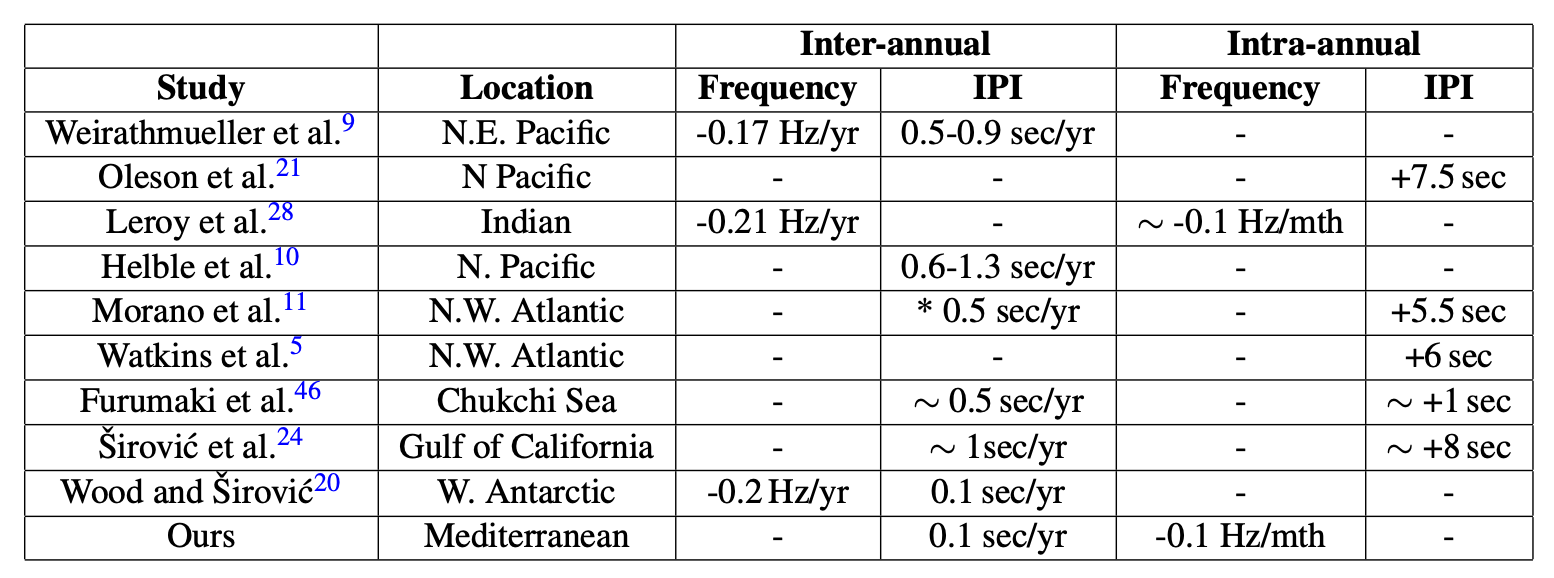
We still don’t know why this happens but a similar phenomenon is found in other whales (e.g. https://doi.org/10.3354/esr00217). They vocalize in a very different ways, yet their songs have been steadily decreasing in frequency for decades.